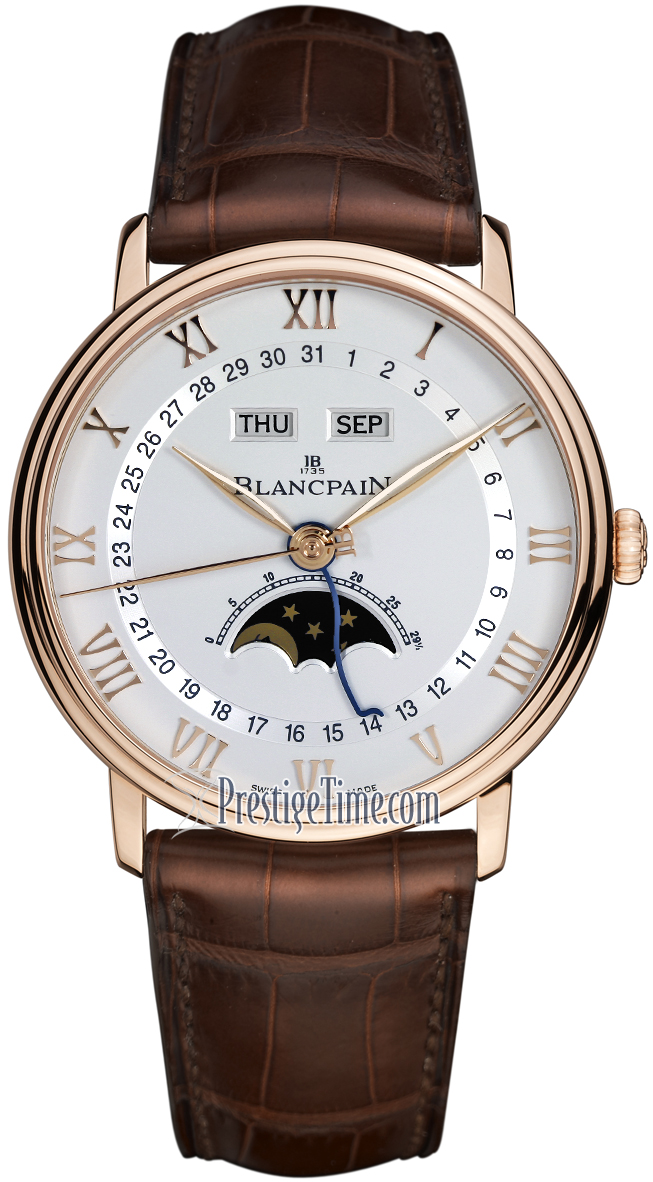
When we say it's battery powered, to deliver electrification, it's not just the battery. So, a lot of the mechanisms in between are changing. Then, you have the transmission of that power going through the wheels.

In electric vehicles, instead of having the combustion engines, of course, now, there is a battery system as the source of power generation. Nand: Yes, as you said, it changes the entire product development approach when you look at autonomous vehicles or electric vehicles. Nand, how does that affect cars in general and when we think about how systems are being used and changing so drastically? Laurel: So, cars are evolving as are planes, and one could even say that there's a massive shift, not just from combustion engines to electric vehicles, but also to autonomous vehicles for both of these great innovations. So, while it’s been around for a long time, in looking at these complex systems, we’ve seen a tremendous growth in the need for systems engineering and model-based systems engineering among all of our customers to get the innovation they want to have. It’s now being used to help drive some of that innovation, to help make sure that we have looked at all of the possible combinations of a complex system, and possible failure modes of those systems, so that we can provide the safest, most reliable, highest-performing product possible for customers. Systems engineering has been predominant in aerospace and defense for decades now. In the case of aircraft, the expected result is a lower weight aircraft, which then uses less energy to go from one place to the next.
Deliver us the moon now you see me software#
Companies are using software to enable much more complex systems with the expectation that they’ll operate more efficiently, more effectively. Whether it’s building new air taxis or the EVTOL aircraft, the advances in space systems and putting more and more people into we’re changing the way we’re doing space exploration.Īs we move into the future, the need for more sustainability and to address using less fuel and having greater efficiency in our systems has driven a lot innovation in the industry. That is the big change-how the product development and manufacturing in the automobile industry is changing.ĭale: As Nand was saying about the automotive industry, we’re seeing a need to innovate much more than we have in the past within aerospace and defense. The software engineering-based discipline has allowed us to address that growing complexity, and it has allowed our engineers to continue to innovate and offer products the end customer wants. In fact, you could say software is eating the car, as software is becoming a predominant part of today’s automobile and future automobile development. Our vehicles are also adapting to levels of autonomy, from SAE Level 1 to 5.Īll that brings a lot of complexity. As you know, the trends in the industry are changing-we’re moving from internal combustion engines to new propulsion systems, going toward electrification. Nand: This field has provided an opportunity for the automotive industry to continue to innovate. In what way has this new field or new approach affected the industry as a whole-and aerospace and defense, and automotive, in particular? Software-driven engineering has given rise to the interdisciplinary field of systems engineering.

Laurel: So, as product development across industries-including aerospace and defense, and automotive-transitions from mechanical engineering to a software-driven engineering environment, systems are growing in complexity.


 0 kommentar(er)
0 kommentar(er)
